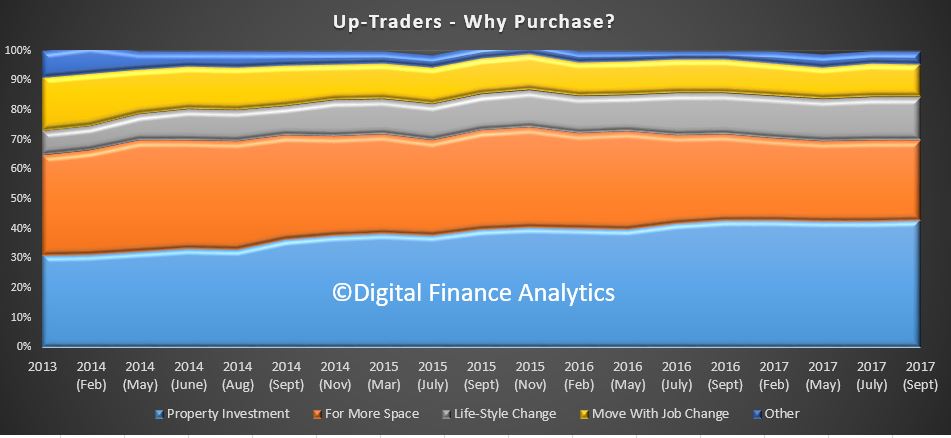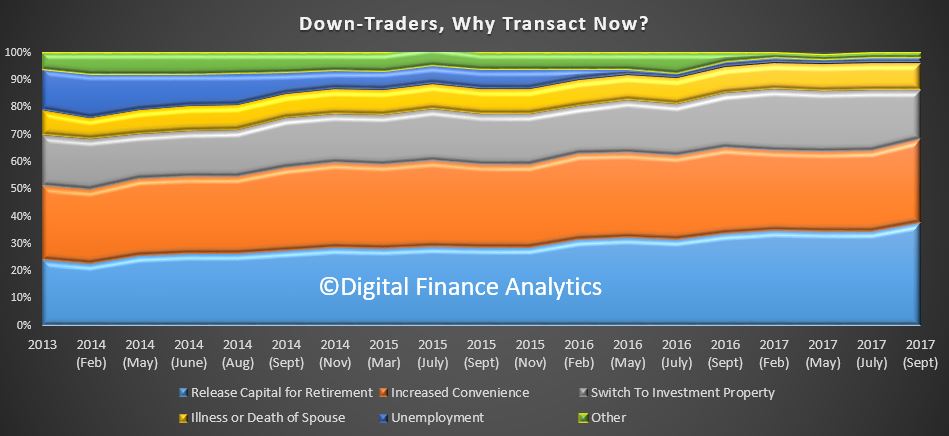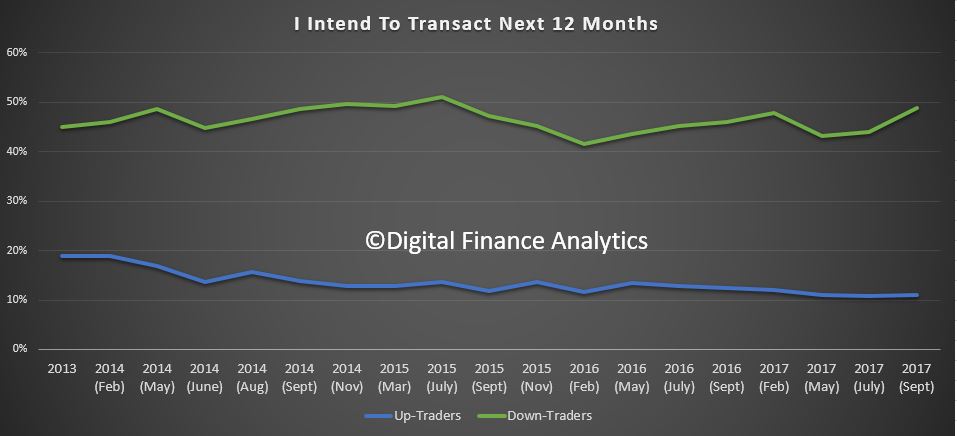The ABS today released March 2017 demographic statistics, which shows that natural population growth is being dwarfed by net overseas migration. All these new households will need somewhere to live, so they be competing with existing residents for property, both in the rental sector, and for purchase. This is likely to put a floor under property demand and so home prices.
Bottom line, there is a strong link between home prices and population growth. So, one lever which should be considered to take the sting out of the property cycle is to reduce net migration. Politically speaking, this appears unlikely as a “big Australia” strategy lays behind much of current public discourse.
The ABS says that the preliminary estimated resident population (ERP) of Australia at 31 March 2017 was 24,511,800 people. This is an increase of 389,100 people since 31 March 2016, and 126,100 people since 31 December 2016.
Within that, the preliminary estimate of natural increase for the year ended 31 March 2017 (142,400 people) was 5.8%, or 8,800 people lower than the natural increase recorded for the year ended 31 March 2016 (151,300 people).
The preliminary estimate of net overseas migration (NOM) for the year ended 31 March 2017 (231,900 people) was 26.9%, or 49,100 people higher than the net overseas migration recorded for the year ended 31 March 2016 (182,800 people).
Significantly, the state with the highest growth rate was Victoria, which is currently seeing the strongest auction clearance rates, strong demand, and home price growth. This is not a surprise, given the high migration
The ABS says Australia’s population grew by 1.6% during the year ended 31 March 2017. Natural increase and NOM contributed 36.6% and 59.6% respectively to total population growth for the year ended 31 March 2017 with intercensal difference accounting for the remainder. All states and territories recorded positive population growth in the year ended 31 March 2017. Victoria recorded the highest growth rate of all states and territories at 2.4%. The Northern Territory recorded the lowest growth rate at 0.1%.











